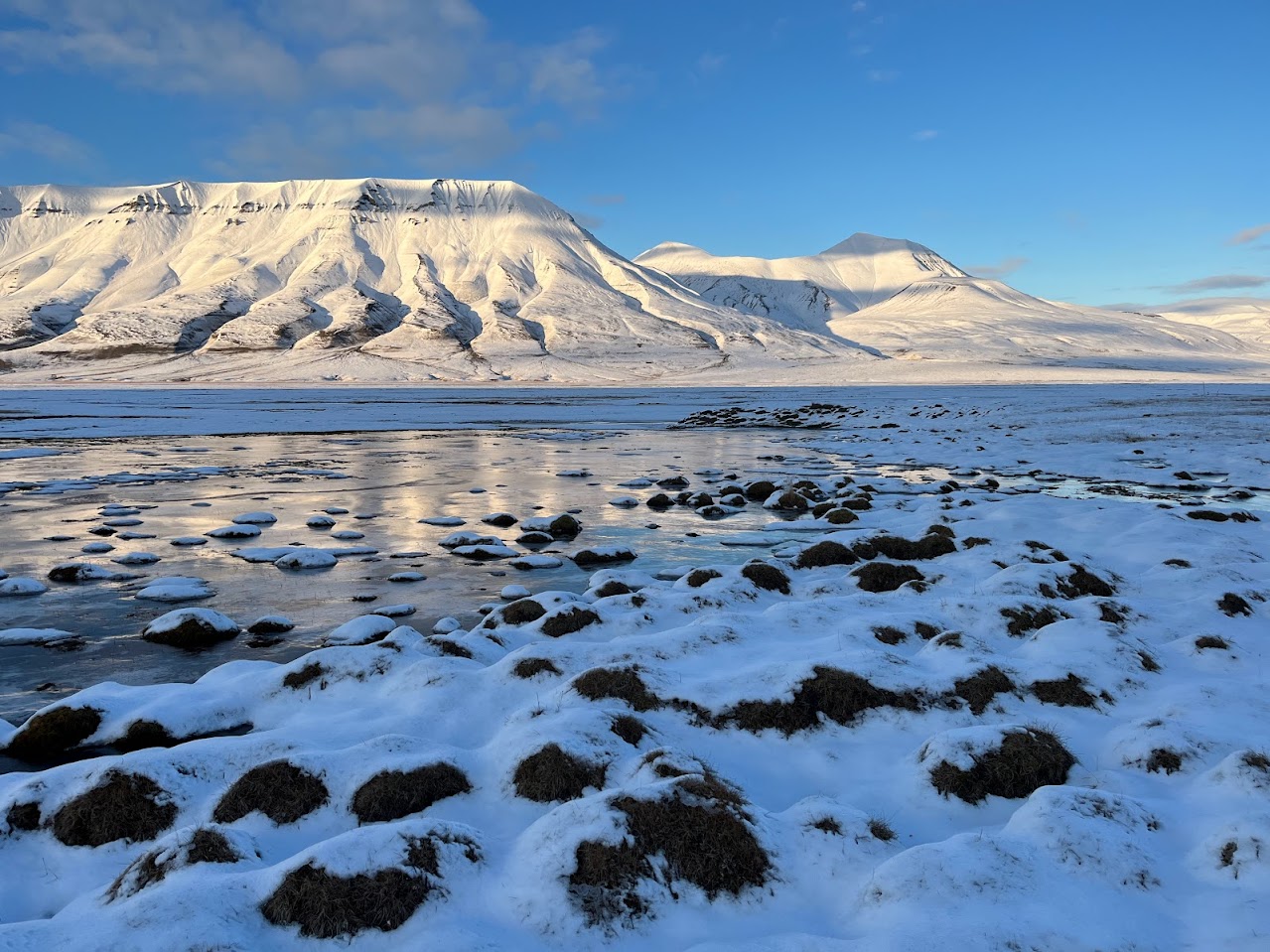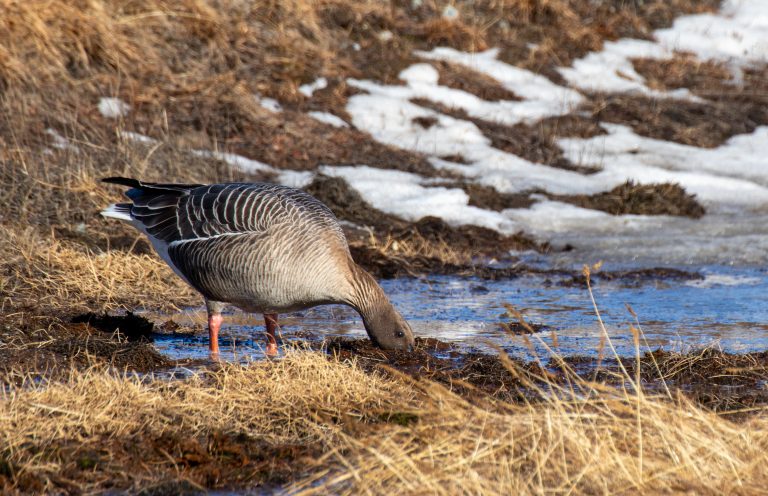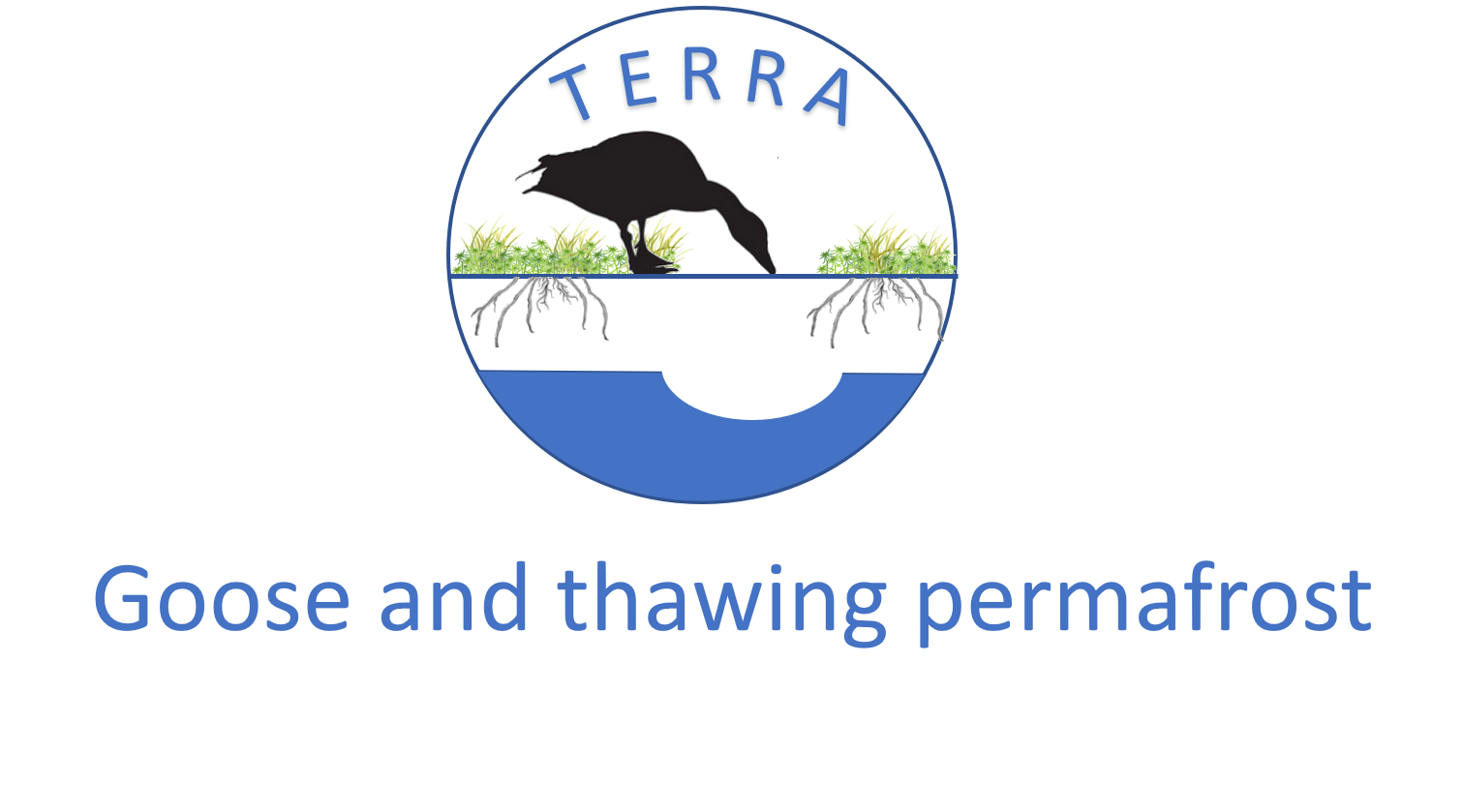A research project in the High Artic tundra…
Our research sites are located in the High Arctic tundra of Adventdalen, between mountains and roaming wild reindeer. Adventdalen is a wide formerly glaciated valley on the Svalbard archipelago, Norway, and one of the northernmost terrestrial ecosystems in the world (78°07’N, 16°14'E). There, the harsh environment rules and shapes unique plant communities and wildlife on the open tundra. It is remote and wild.

Soils are defined by a thick layer of permafrost (permanently frozen ground). Permafrost soils are composed of organic materials that have accumulated over thousands of years. The bright and short polar summer thaws the uppermost layers of the permafrost layer bringing back to life a multitude of arctic plants rooting in the active layer, the soil horizon above the permafrost layer. Summer blooms in the High Arctic! From luxuriant green mosses covering the ground, silvery lichens to the vibrant colorful wildflowers, the tundra shows its inner beauty. The mild summer soon fade away to leave place to the cold, dark and long polar night, often dominated by extreme winds. The nature stands still.


When mountains and fjords are still frozen and the sun still low on the horizon line, the mild spring temperatures slowly start to melt the deep snow blanket covering the large valleys of the archipelago. This is the time of the year when thousands migratory birds invade the arctic islands and gather to breed. With its grey-brown plumage and pink legs, the Pink-footed goose (Anser brachyrhynchus) is the largest geese species nesting in Svalbard. Pink-footed geese migrate from their wintering ground in Belgium, Netherlands and Denmark and stage in few places in Norway along the coast, mainly in Trøndelag and Vesterålen. The last step of their spring migration is a flight of more than 1000 km over the open sea!
When migratory geese arrive at their nesting ground in Svalbard, nature start to awaken after the long polar winter, and most plants are still dormant and or have not emerged yet. With the nesting period approaching, geese are turning to mosses as a large part of their diet and vigorously dig in the soil for roots and rhizomes. This foraging behavior, called goose grubbing, is intense! It profoundly affects the tundra vegetation over large geographical scales sometimes creating craters where most plants have disappeared and exposing the bare arctic soil the harsh arctic climate conditions.
This is in this unique High Arctic environment we decided to conduct our research on climate change, permafrost, and goose grubbing.

